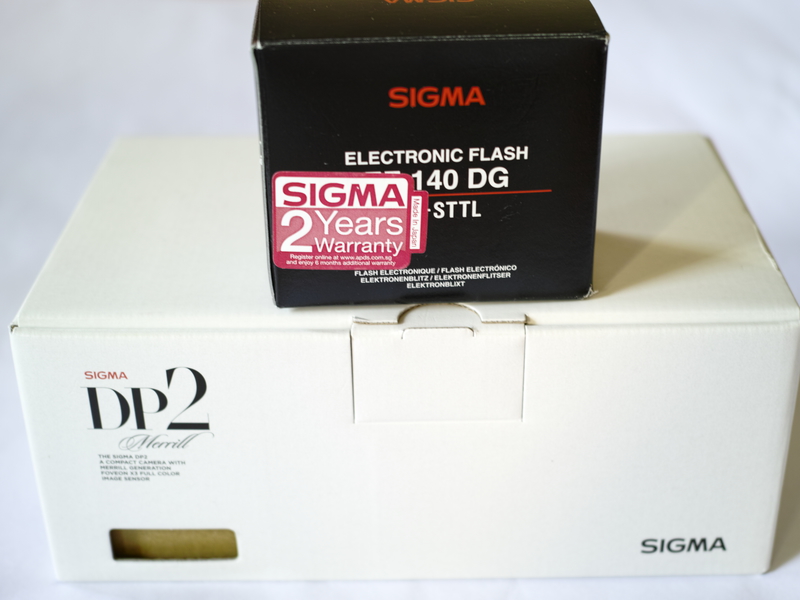
Right out of the box, the signs of cost savings become apparent. No software CD, you get to download it from the internet yourself and no printed manual either. I made the mistake to download Sigma Photo Pro 4.2 which does not recognize the X3F RAW files, but installing the latest 5.3.2 version solved this problem.
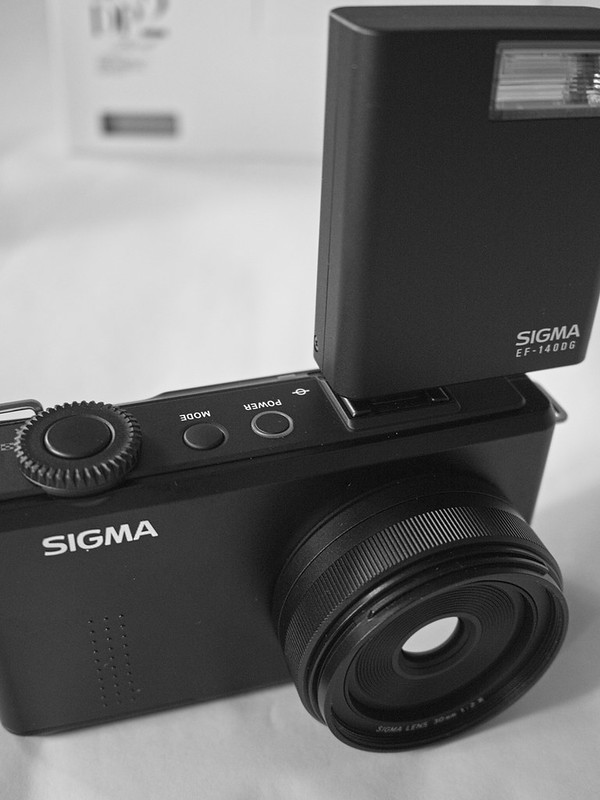
The first few seconds upon seeing this camera right out of the box was what an ugly black box it looked like. But when it is placed on the hands, the experience quickly turned positive. It has a metallic feel to it and appeared to be solidly built, of a quality better than the dying breeds of cheap plastic compacts. For people with big hands, there is no problem here as the rectangular box design has plenty of area for the fingers to grip.The buttons and dials feel solid enough and provide good tactile feedback in line with other premium compact models. I like the embedded pinch style lens cap, easy to take on and off the fixed camera lens. There are just enough buttons and dials to satisfy the enthusiast photographer and their functions are easy to understand without much confusion. I liked the Quick set button which in effect transformed the physical four direction button into a virtual eight way button. It is Sigma's version of the ubiquitous Fn or function button commonly found in some enthusiast models. The four way button is each individually programmable, and also very logical so I find there is no need to change the assignment of the buttons. Clockwise from the up arrow direction, the first set of the QS button control iso sensitivity, AE metering mode, drive mode followed by flash mode. I find these are exactly the kind of features I would be accessing frequently just before taking a photo, so it is abundantly clear they have put a lot of thought into this design. The second set of Q menus are White Balance, Image Size, Color Mode and Image Quality. I find that these features are less frequently used and therefore logical to group them in a set, which again indicates the designer is a hands-on photographer not just a techno wizard. The Q button is so useful that I mistakenly pressed the menu button instead and wished that the button locations for Quick Set and menu to be switched, making it easier to access the Q-menu after pressing the four way button. However since the menu button also function as a cancel button, its prime location in close proximity to the four way button is also a logical and efficient design choice. It just need some time to get used to the camera placement of buttons.
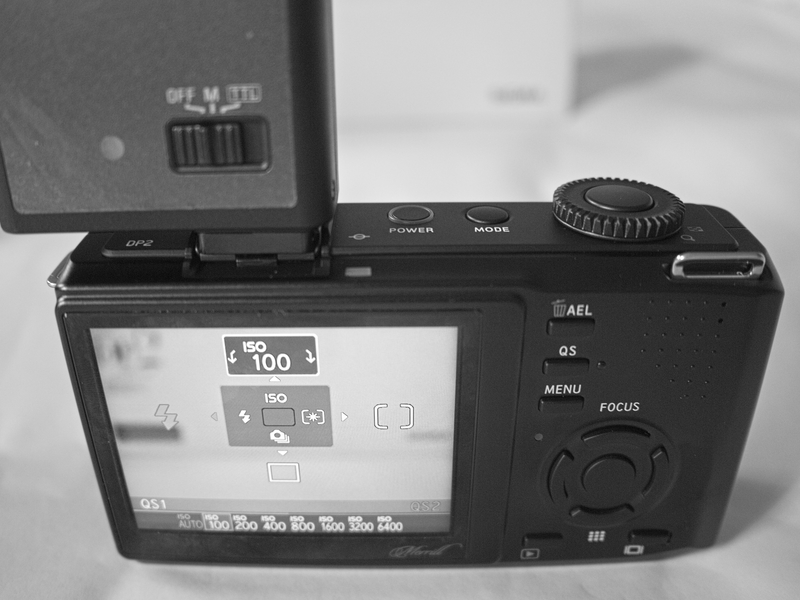
Without the physical QS button which transforms the four way button into virtual eight way buttons, accessing frequently used camera functions requires diving deeper into the menu structures, meaning more presses of the buttons and command dial required. The usefulness of the QS button to me cannot be over-stated.
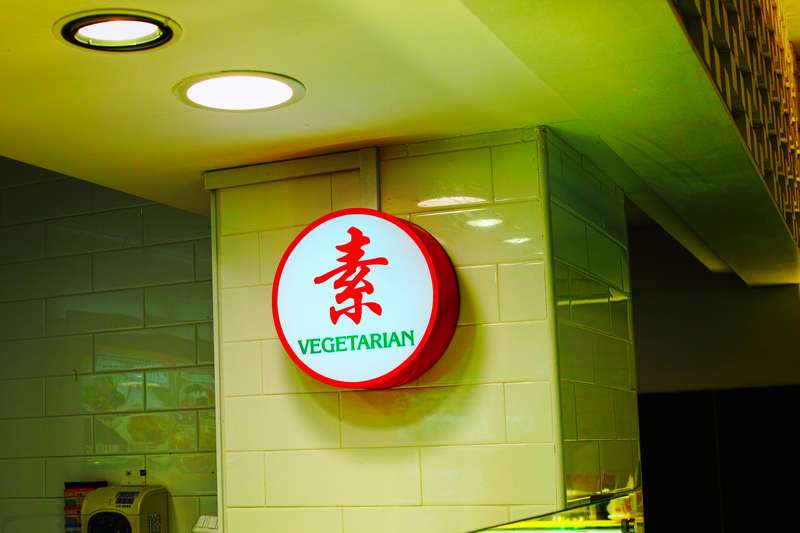
Another convenience feature of the Sigma DP2 Merrill is the used of 3 custom settings. However unlike the CS functions found in dslrs like the Nikon D7000 and Canon 7D, there is no dedicated dial for this in the Sigma which makes it less useful. To access the C1 to C3 custom settings require an additional press of the mode button followed by turning the command dial. However I feel that the feature sets available in the Sigma DP2 merrill not sophisticated enough to make the CS function really useful. Unlike the DSLR cousins with advanced AF features and incredible feature set combinations which makes the Custom functions really needed, in the case of the Sigma, its electronic sophistication can be toured in a matter of 10 minutes to 20 minutes top.So the 3 CS settings is a nice bonus from Sigma but not really useful for my needs. Some people though, may find the CS useful. Here is an example scenario. Set CS1 to high image quality, ISO 100, RAW, AWB etc to get the most image quality out of the camera under ideal conditions. Set CS2 to low light situation, Flash On, Custom White Balance, Single Frame Shooting, ISO 400 etc. Set CS3 for continuous shooting or self timer or for handling the camera over to a perfect stranger or fellow tourist to take a self-portrait, in which case set shooting mode to P, JPEG fine, Flash On, Single frame shooting etc. The possible combination of use is only limited by your imagination..
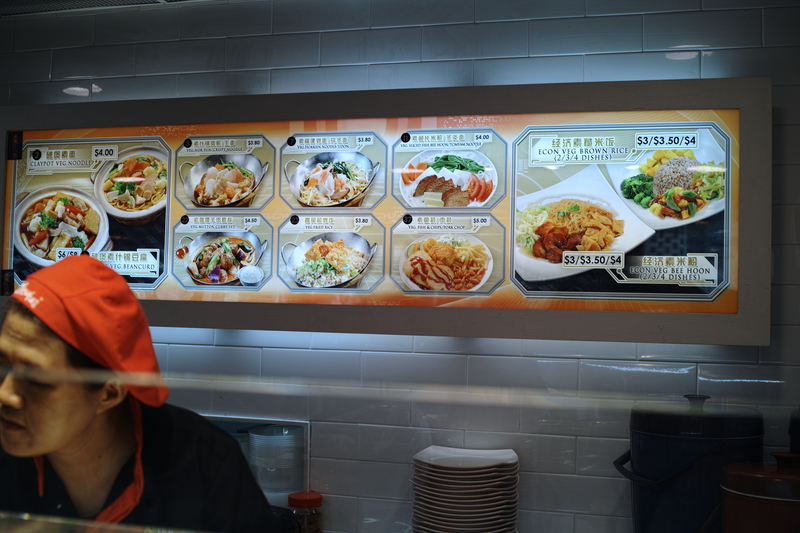
I like the useful design of magnification in the Manual Focus mode. There are basically two ways to get the magnification window. By half press of the shutter button and turning the focus ring on the lens, or another surprisingly quick way, just by pressing the OK button. By half pressing the shutter button, the focus ring of the Sigma lens behaves like a rudimentary i-function lens found on the Samsung mirrorless compact camera series. The ability to change the magnification ratio and inclusion of distance meter is a nice touch. A 5 minutes tour covers all you need to know about the MF features !
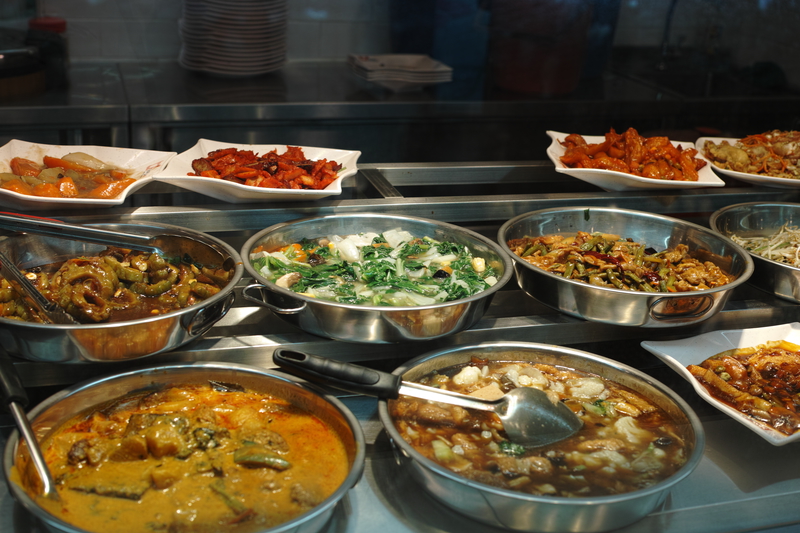
While still on the subject of physical handling, about the only major complain I have is the design of the USB/AV cover. When open, the door sticks out in 90 degrees and the door hinge is uncomfortably close to the USB port, allowing no room for any play of the connecting plastic cable's thickness. The ninety degree opening of the door is a disaster waiting to happen. Since I don't plan to use the USB connector it doesn't affect me at all, but it is my firm believe that the USB door is designed to break !

After 10 minutes of fiddling with the menus and finding my way around the camera settings, including powering on and off the camera for a dozen times, there is a noticeable warmth from the battery heating up. It is not unusual and it can be felt also on my Panasonic GF3 micro Four thirds camera, but subjectively slightly warmer than that. It doesn't feel quite as warm as a 2700 mAh rechargeable nickel-cadmium battery after a four hour slow charge, and certainly there is no cause for alarm. Thanks to the thickness of the camera and its wide girth, the heat has more room to dissipate than a smaller sized compact.
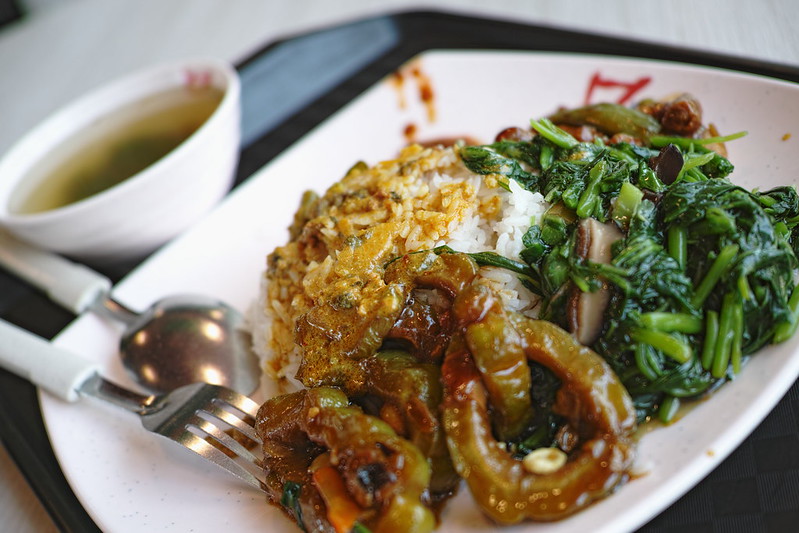
Now on about the battery life. Everything horrible said about the DP2 merrill's battery life or lack of turns out to be true. I have read someone said half jokingly you need about 6 spare batteries for a day's worth of shooting, and I find that this is not an exaggeration at all ! Here's my experience. On the first fully charged battery I used on the first day of playing with the DP2 Merrill, I spend a total of about 10 minutes getting familiar with the menu and feature sets, including a dozen or so times of powering up and down the camera, and I thought I was ready for some shooting test at a lunch appointment with a saint. His whole life is an endless story of amazing miracles and synchronicity both prior to and after stepping on the path to Sainthood. So in between lunch while chatting with him I had some photo opportunity of approximately 20 minutes before the battery juice died out and the battery indicator turn red. I shook my head in disbelief.. One fully charged battery can only take 30 minutes of total use, producing only a miserly 32 X3F RAW files of between 44 MB and 54 MB file sizes... Only 32 exposures !! Oh My God, this is unheard of battery performance in the digital age, even less than a roll of analog film !!
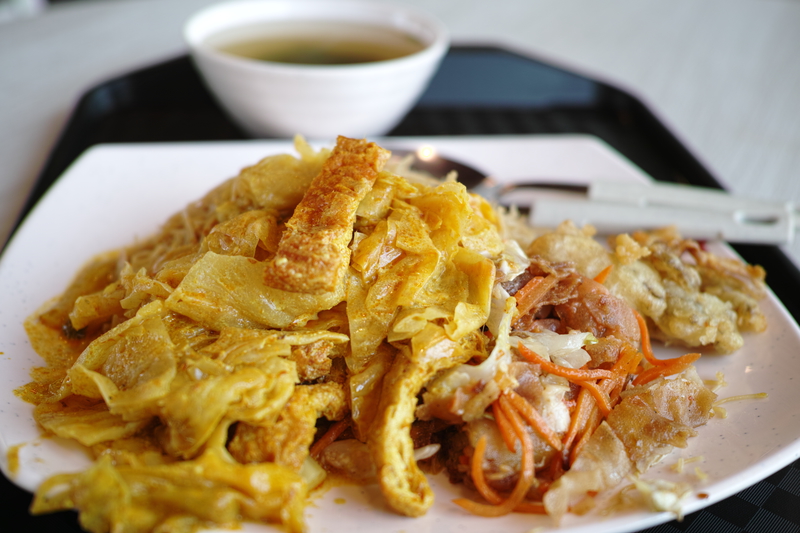
In retrospect I have already set the camera to take RAW only instead of RAW plus JPEG to save on battery usage, and this doesn't help at all. About the only other battery wasting setting I have to undo is the 5 second playback display ( instead of default 2 second ) which I doubt would give much impact if any. I might have to forgo MF usage entirely and the magnified LCD display in the interest of saving battery life. It is a good thing that the camera package comes with 2 original batteries; some people posted that other brand batteries of similar capacity can be used in the DP2 merrill. (Footnote: It was discovered that the cheap replacement batteries cannot fit within dp2m battery compartment, as the battery door cannot be closed, even though the electronic contacts and voltage are similar.)
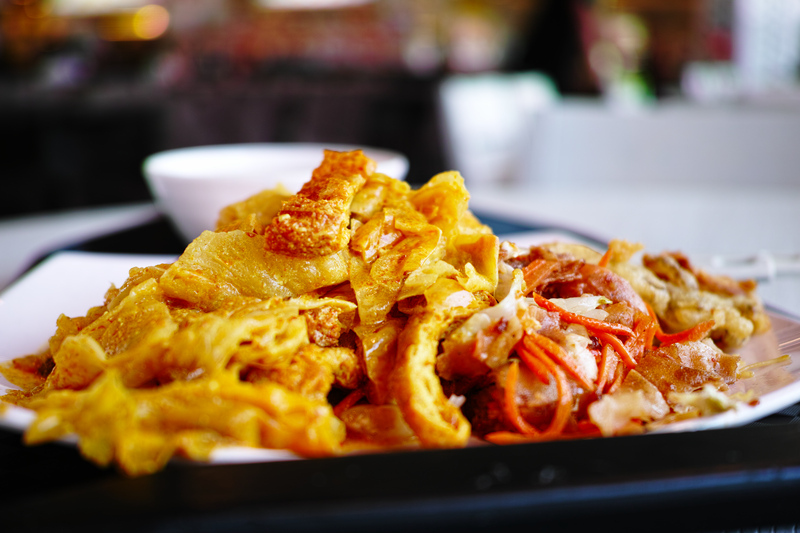
Here's the baseline specs for almost all photos taken in this quick review. Camera mode manual, Flash Off, ISO 100, Center weighted average metering, RAW only (to save battery power), image quality Highest, Color Space sRGB, Color Mode Standard, picture setting (Contrast, saturation, sharpness) default nil, color adjustment default nil, noise reduction default chroma 0.5 luminance 0.5. The last three parameters for color adjustment and NR apparently cannot be set in-camera and can only be set in the RAW processing software Sigma Photo Pro.

My initial workflow is just to convert from RAW to 16 bit TIFF using Sigma Photo Pro, then do any further adjustment using my favorite RAW processor. The additional step to get the 16 bit TIFF is necessary because at this point in time only Sigma Pro can read X3F files. Sigma Photo Pro is an impressive software with a wide array of processing parameters. Certainly it is possible to produce JPEG directly from this step alone. It is way better than the anaemic SilkyPix from Panasonic or Olympus Viewer 2. It is on par, if not more usable than Nikon ViewNx, Capture NX or Canon's DPP.
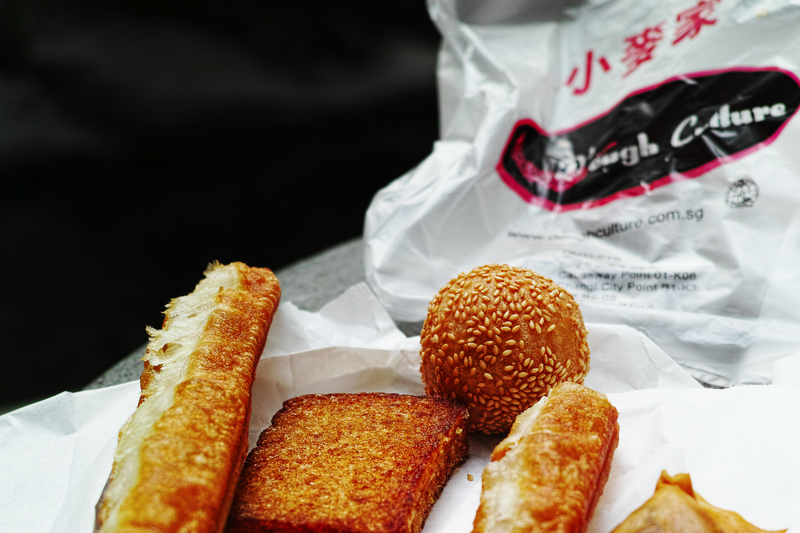
In Sigma Pro, there are three processing options, X3F default, Auto and Custom. Since I am not contemplating using the Sigma RAW processing at this point, I only alternate between using X3F and Auto. Auto tends to produce a more contrasty image with a loss of some brightness, though this is image dependent..

As a result of my workflow trying to extract the most image quality from the 46 MB X3F files at the start of RAW processing, it came out as a 16 bit TIFF file with a gigantic 86.5 MB ! The file size ballooned to almost twice its RAW size !! Lots of Megapixels to keep your quad-core CPU busy for a couple of seconds at least ... and in case anyone is thinking of spending three times the money to buy the Nikon D800E, why not go for this cheaper compact that has the AA filter removed and gives gorgeous colors ?

The first thing which impressed me when working on the RAW processor Photivo, is the fact that the Sigma RAW files are incredibly sharp. Sharpness starts to creep in at 75% viewing magnification and becomes increasingly apparent as it reach 100% and beyond. It is the kind of sharpness that is often associated with expensive prime macro lenses for the DSLR. Details such as minute hair can be seen, whether this is a result of Sigma 2.8 lens or the AA filter or lack of, is anyone's guess. But it does mean that technique is important, you can't blame the equipment for an unsharp photo, it is as good as it gets, in fact, there may be situations when turning down the sharpness a touch may be required for certain images.
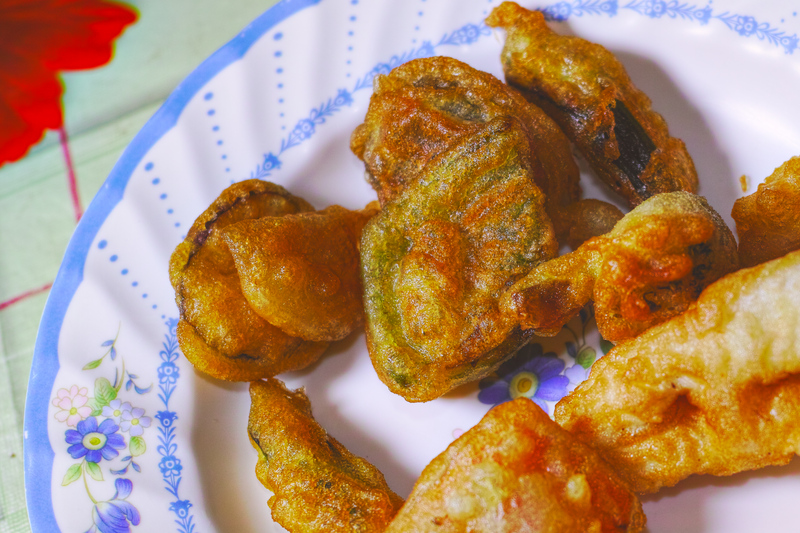
It seems that saving in 16-bit uncompressed TIFF gives the advantage of about 2 f-stops headroom, so you can pull out the shadows and highlights comfortably. If you need more leg room, you can always go back to Sigma Photo Pro and work in there..

IF Sigma can come up with a FX dslr at competitive prices it will be sure to outsell all the major brands out there, but knowing how slow the Sigma works it will be the day when everyone on earth turns vegan ;-)
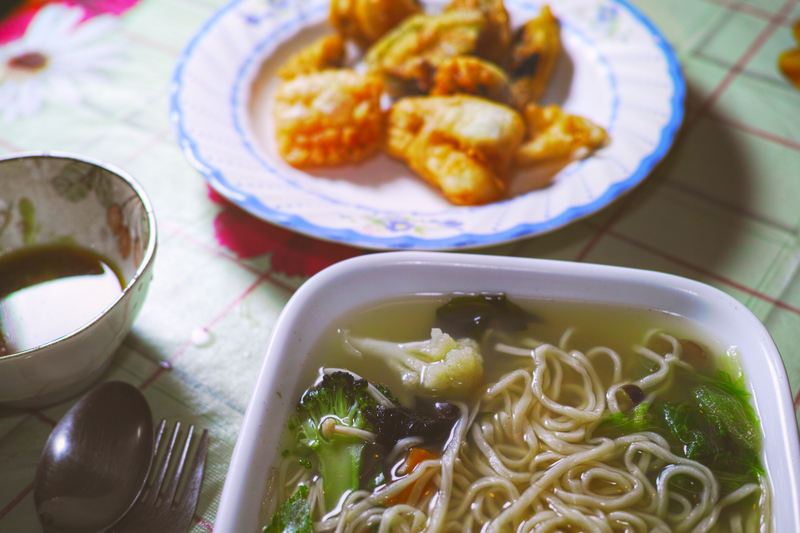
So, in summary, this is the camera for:
1 - people who cared about quality colors.
2 - subject you are shooting is stationary.
3 - the lights are good..
4 - you like to shoot 7-9 shots continuously then take a cup of coffee.
5 - landsacpe, still life, portrait
6 - you enjoy taking 5 spare batteries in your pocket.
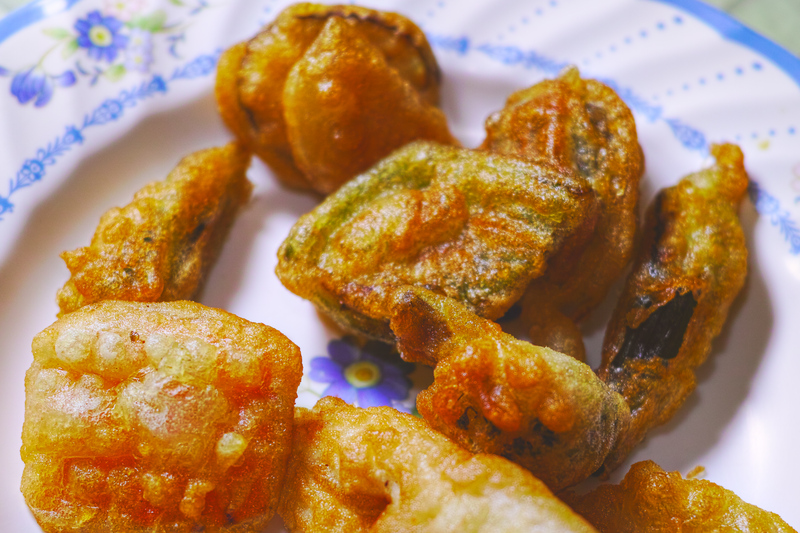
This is not the camera for you
1 - if your subject is always in motion
2 - low light and high iso shooting
3 - you are not an available light shooter
4 - you are a snapaholic with zero patience.
5 - you have a strong aversion to processing RAW files.
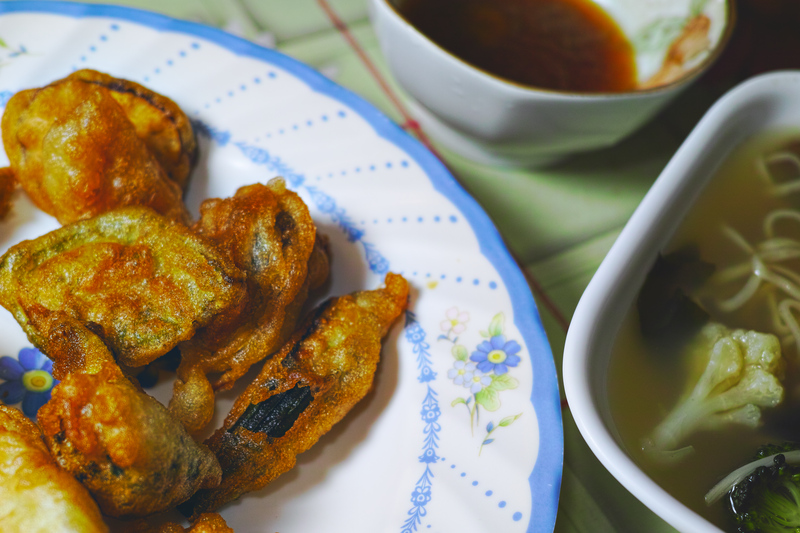
Some discussion on non-Sigma flash connection is continued at ..
non-Sigma flash discussion if you are interested in hooking up with non-Sigma flashes and studio strobes, you can see some discussion going on there..
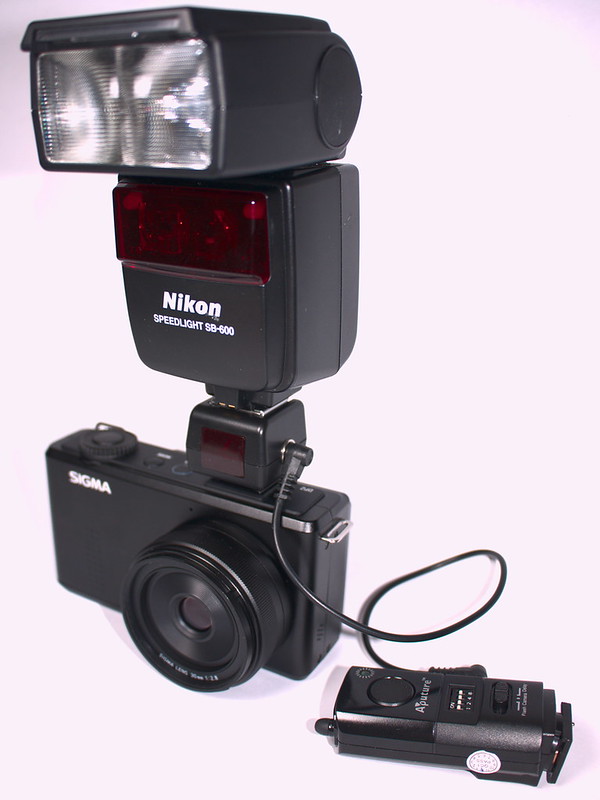
In the future : I am looking forward to this flash configuration and just about half way there, things are looking bright...
Some kind soul on dpreview.com passed me this valuable tip: "To save on battery life, set the camera to 30 second auto shutdown. The default is 5 minutes. It will make a huge difference. Also, turn off auto review.". Thanks to villebon !

More test pictures added here... Dp2m works with these radio and infra-red triggers.
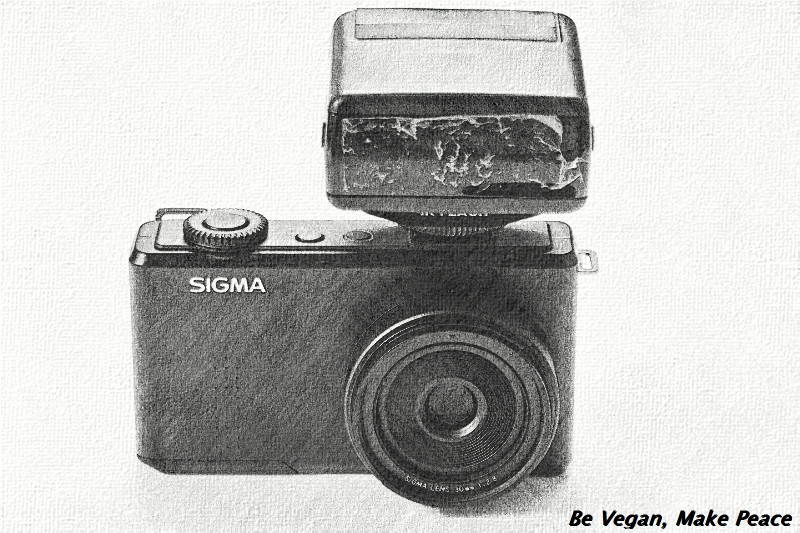
Next stop, we will post an article on dp2m accessory..






















3 comments:
Hi,
Love the reading.
Can you please tell me which brand is in the photo of the radio triggers. I can´t seem to understand which is the brand.
Thanks
I have answered your question in the Flickr photo comments page.
Thanks for a good review.
I was so happy with my DP2M, that I also have bought the 2 others (1 and 3).
About the heat: Be aware that if it is to warm it can influence the picture quality and give banding.
--
I am not sure that being a vegetarian or vegan can save the world.
Hitler was a vegetatian (and also a non-smoker), but I do not think we can say, that he could save the world = I think that it is the big egos and the complicated feelings people has, that has to be "developed".
Thanks
Post a Comment